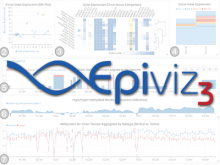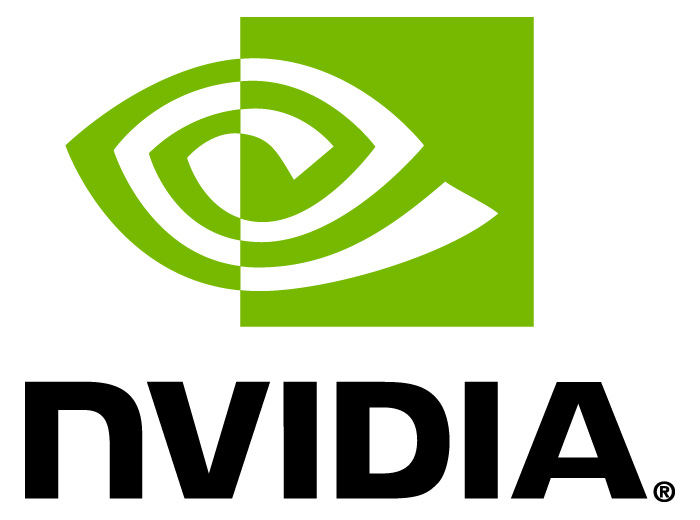Epiviz: a view inside the design of an integrated visual analysis software for genomics

Background: Computational and visual data analysis for genomics has traditionally involved a combination of tools and resources, of which the most ubiquitous consist of genome browsers, focused mainly on integrative visualization of large numbers of big datasets, and computational environments, focused on data modeling of a small number of moderately sized datasets. Workflows that involve the integration and exploration of multiple heterogeneous data sources, small and large, public and user specific have been poorly addressed by these tools. In our previous work, we introduced Epiviz, which bridges the gap between the two types of tools, simplifying these workflows.
Results: In this paper we expand on the design decisions behind Epiviz, and introduce a series of new advanced features that further support the type of interactive exploratory workflow we have targeted. We discuss three ways in which Epiviz advances the field of genomic data analysis: 1) it brings code to interactive visualizations at various different levels; 2) takes the first steps in the direction of collaborative data analysis by incorporating user plugins from source control providers, as well as by allowing analysis states to be shared among the scientific community; 3) combines established analysis features that have never before been available simultaneously in a genome browser. In our discussion section, we present security implications of the current design, as well as a series of limitations and future research steps.
Conclusions: Since many of the design choices of Epiviz are novel in genomics data analysis, this paper serves both as a document of our own approaches with lessons learned, as well as a start point for future efforts in the same direction for the genomics community.





